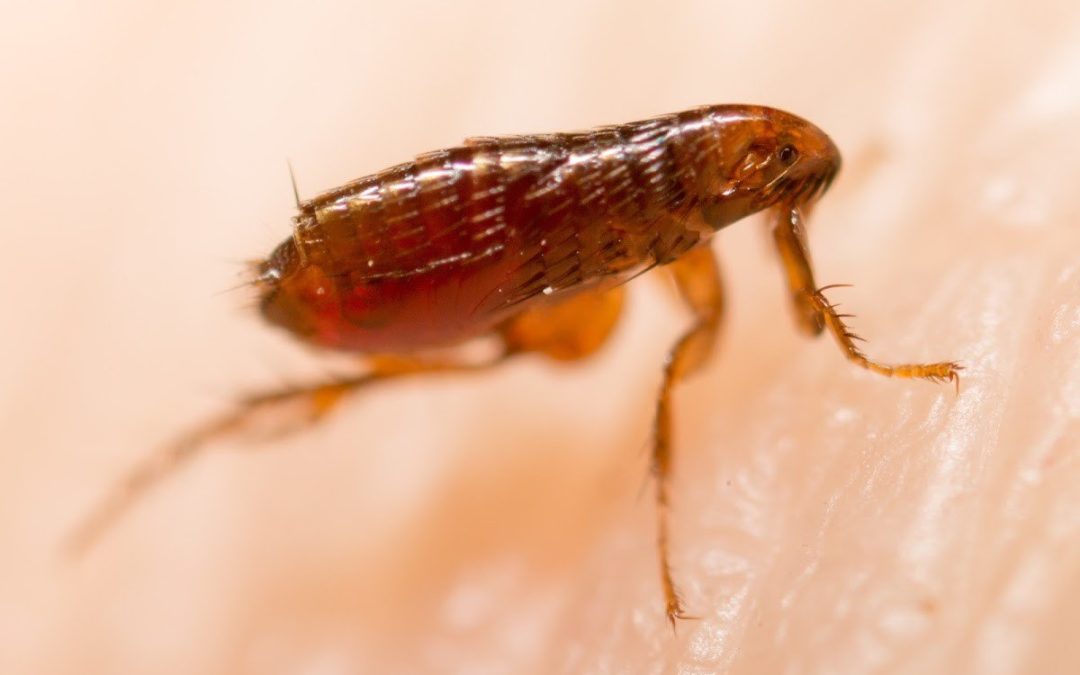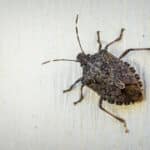Can you flea-proof your home? If you’ve already experienced this type of pest problem in the past, take a look at what you need to know about professional extermination and flea prevention.
How Do Fleas Get in Your Home?
To prevent an interior flea infestation, you need to stop the pests at the source. This means you need to know how the invaders enter your home.
More than 94 percent of fleas infest mammals, according to Purdue University. If you have cats, dogs, or another animal that splits their time between the indoors and outdoors, your pet could bring pests into the house. Even though fleas often hitchhike into homes on pets, this isn’t the only way they can get into homes.
Some homeowners who don’t have cats, dogs, or other pets do have flea problems. How can the pests get in without a ride on a furry pet? Fleas don’t only hop onto cats and dogs. These pests also make rats, mice, squirrels, raccoons, birds, and other furry or feathered animals their hosts. If you have a rodent, small mammal, or bird pest problem, you may also have a flea infestation.
Along with pets and other pests, you can also bring fleas into your home. While fleas don’t usually live on humans, they can attach themselves to your clothing long enough to make a quick entry into the indoor environment.
Are Flea Eggs a Potential Problem?
Your home had a flea infestation. You think you treated it completely. But weeks or months later, you had a re-infestation. Did your pet, a pest, or a human bring fleas back into your home? While these are potential re-infestation sources, it’s also possible the pest laid eggs in your home.
A cat flea pupa (a non-feeding larval flea stage) can live in a warm indoor or outdoor environment for months, according to Purdue University. Failure to find and eliminate flea eggs and the pupa can restart an infestation in your home.
Should You Only Treat Your Pets?
Again, your pets aren’t the only potential source of a flea infestation. While dogs, cats, and other domesticated animals are primary hosts, pet treatment won’t always eliminate the possibility of a re-infestation. If you’ve treated your pets or don’t have pets, you may also need professional prevention help.
Effective flea prevention requires a broad or whole-home treatment plan — and not just dog or cat control. A pest contractor can inspect your home for stray fleas you might not have found, look for signs of eggs or larvae, and assess the risk for other animal or bird pest risks.
If the exterminator finds evidence of leftover eggs or larvae or a rodent, raccoon, bird, or other similar infestation, they can remove other pests and recommend a preventative plan to eliminate eggs.
Should You Treat the Indoor Area, Outdoor Area, or Both?
Fleas can live in indoors and outdoors. Even though your pest control contractor may have effectively eliminated the indoor infestation, fleas could still lurk in your yard. To reduce the risks of the outdoor invaders entering your home, eliminate areas where the pests could hide. Keep grass trimmed neatly, weed your garden, and trim shrubs. Pay special attention to the areas closest to your home or places where your pet regularly plays.
Along with yard upkeep, avoid over-watering outdoor plants and remove debris immediately. Over-watering can create the moist environment fleas thrive in. Garbage or plant waste won’t only attract fleas. Debris can also attract other (flea-carrying) pests, such as raccoons, rats, or mice. If your yard is already home to animal pests, call a professional to remove the mammals from your property.
Do you want to prevent a flea re-infestation? Contact Diam Pest Control for more information.





